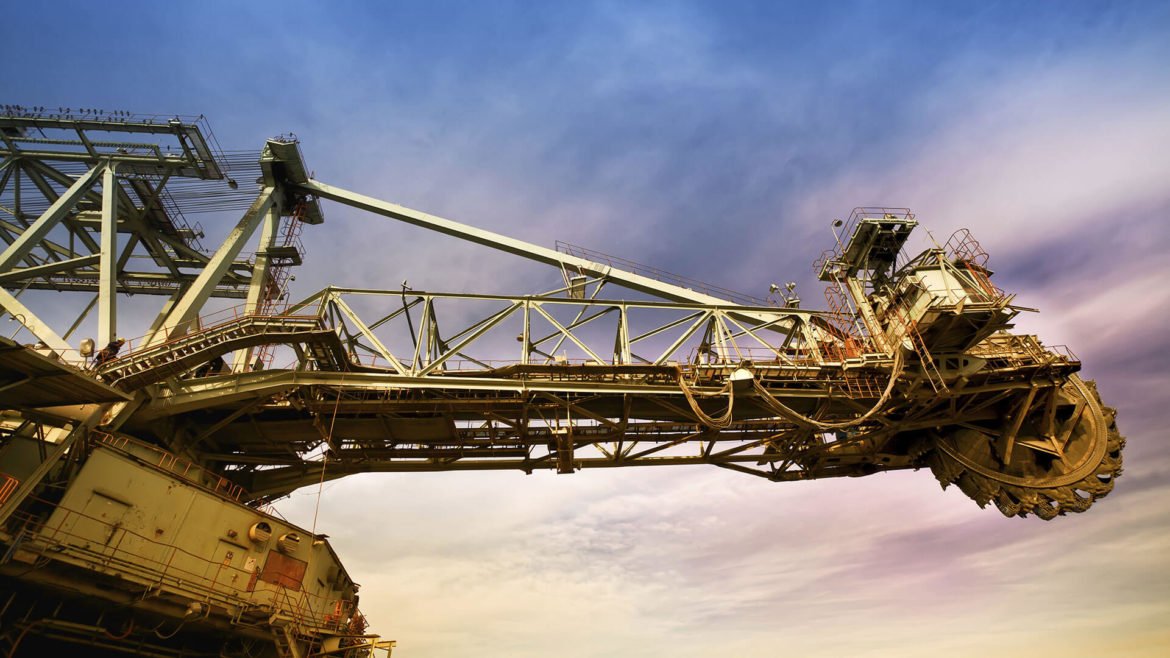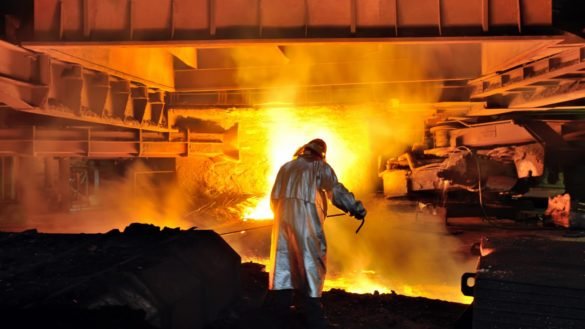Flotation is a difficult process to run efficiently. One way to make flotation performance better is to improve cell level control. However, controlling pulp levels in flotation cells is a complex control task because of strong interactions between the levels in flotation cells. Therefore, advanced controllers are needed to give good level control.
Flotation cells have three main control parameters (1) reagent dosing rate (2) froth depth and (3) air addition rate. Many other parameters may vary such as feed rate, particle size distribution and head grade, however these are the output of upstream processes and are not controlled in the flotation circuit itself. Each of the flotation cell control parameters are discussed below.
 Reagent dosing rate
Reagent dosing rate
The selection of reagent type and dosing rate is critical to successful processing of a given ore. It offers a coarse control mechanism as it is difficult to determine the impact of changes in either dosing rate or reagent type unless significant change in flotation performance is observed. In a relatively stable operation, the addition rate of reagents does not vary greatly. The operator seeks to ensure that a slight excess of reagent is available for the flotation process. Too much reagent, however, results in wastage and economic loss whilst too little results in either reduced grade or recovery and again economic loss. Thus, in a situation where the ore changes and marginally less reagent could be used, the operator generally should not chase this small reduction as it is difficult and time-consuming to optimize. The exception to this is where the ore change is expected to last for a long time.
Once the correct level and type of reagent is established, the next step in control is correctly setting the pulp level and thus froth depth.
Froth depth
Froth depth is fundamentally used to provide concentrate grade control. This occurs in two ways – firstly, the depth determines the residence time in the froth phase and thus the time available for froth drainage.
Generally, the greater the froth depth, the more drainage of entrained gangue (waste) and the richer the concentrate grade. There is a limit to the froth depth that a given flotation situation will support. If the froth gets too deep it begins to collapse on itself. The depth at which collapse begins is determined
by the structure of the froth. Froth structure is driven by factors such as reagent type, reagent dose rate and the quality/level of mineral in the ore. Froth depth also plays a role in the recovery rate of the concentrate from the cell. As the froth gets deeper, the rate of froth removal reduces at a constant air addition rate. It is important to note that froth depth relationships are not linear in nature.
Once a froth depth has been established for a particular flotation duty (i.e. rougher, cleaner etc.), changes are generally small and infrequent. A flotation circuit where the slurry level is subjected to large or frequent changes is usually going to be in a constant state of flux as the changes in one cell will impact other cells in the circuit. Pump hoppers overflowing and flotation cell pulping are common symptoms of this.
Air addition
Air addition rate offers the finest control of flotation cells. Small changes in concentrate recovery rate and grade can be achieved via changes in air addition rate. The impacts of changes in air addition rate are observed quickly in the plant providing a good source of operator feedback. Changes to air addition rate may be made several times in a normal shift as operators seek to optimize concentrator performance. As air addition represents a fine control method, changes should be small and one needs to wait several minutes before these results can be seen. Sudden large changes in air addition rate can create issues with level control as the pulp in the flotation cell will experience a rapid expansion and may overflow the cell launders. The ability to make regular changes to air addition rate in a convenient manner has led to automatic air control being the norm in modern concentrators. Changes in the concentrate grade that result from changes in air addition rate can be observed rapidly by utilizing an on stream analysis system.
The next level – automated control
Leading-edge minerals processing plants incorporate automatic process control through some form of PID-driven system. In the case of flotation plants, the ideal system uses the three parameters discussed above to control a single parameter such as froth speed. Instruments such as FrothMaster use vision technologies to measure the speed of the froth over the lip. The desired froth speed can then be determined by monitoring the concentrate grade via an on-stream analysis system. This type of control system automates the minute-to-minute running of the flotation circuit, which is driven by the desired concentrate grade. In plant trials, this approach has seen a significant improvement in recovery when compared to a manually monitored plant.




